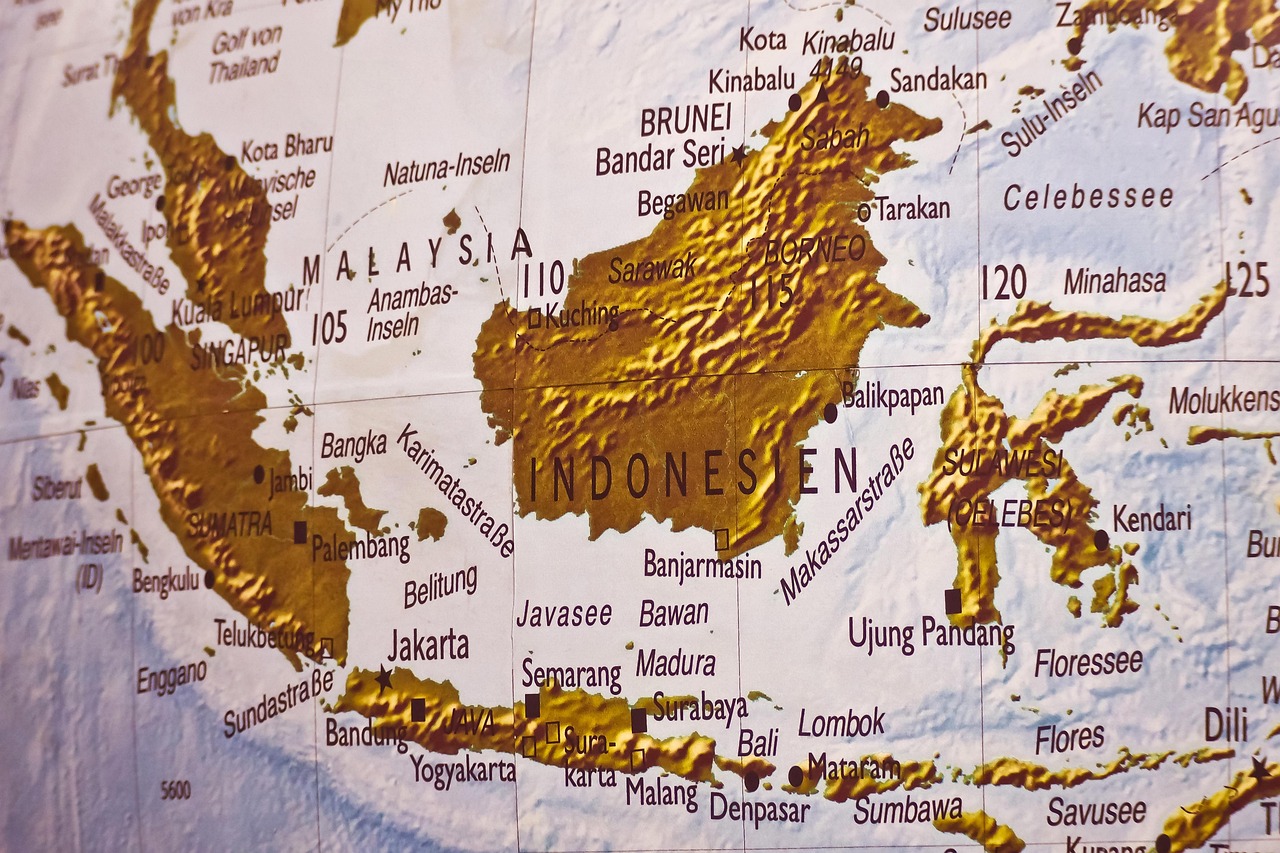Core Systems Support Cross-Border Real-Time Payments

In an increasingly interconnected global economy, the demand for cross-border real-time payment systems has grown exponentially. Businesses and consumers alike require efficient, secure, and seamless payment solutions that transcend geographical boundaries. Core banking systems play a pivotal role in facilitating these transactions, ensuring that funds can be transferred across international borders in real-time with minimal friction.
Traditionally, cross-border payments have been fraught with challenges including high costs, lengthy processing times, and a lack of transparency. These issues arise from the complex web of intermediary banks and the disparate regulatory frameworks across different jurisdictions. However, advancements in core banking technologies are now addressing these challenges, enabling faster, more cost-effective, and transparent payment solutions.
The Role of Core Banking Systems
Core banking systems are the backbone of any financial institution, managing critical operations such as transactions, account management, and customer data. In the context of cross-border payments, these systems are being upgraded to support real-time processing, leveraging advanced technologies such as blockchain and distributed ledger technology (DLT), APIs, and artificial intelligence.
- Blockchain and DLT: By providing a secure and immutable ledger, blockchain technology eliminates the need for intermediaries, reducing costs and processing times associated with cross-border transactions.
- APIs: Application Programming Interfaces enable seamless integration between different banking systems and third-party services, facilitating instant communication and processing of cross-border payments.
- Artificial Intelligence: AI enhances fraud detection and compliance monitoring, ensuring that cross-border transactions adhere to regulatory requirements while minimizing risk.
Global Initiatives and Collaborations
Several global initiatives are driving the adoption of real-time cross-border payment systems. The International Organization for Standardization (ISO) has developed ISO 20022, a global standard for electronic data interchange between financial institutions. This standardization enhances interoperability and efficiency, allowing for smoother cross-border transactions.
Additionally, collaborations between central banks and financial institutions are fostering the development of real-time payment networks. For instance, the European Central Bank’s TARGET Instant Payment Settlement (TIPS) system and the Clearing House’s Real-Time Payments (RTP) network in the United States are prime examples of domestic real-time payment systems that are now exploring cross-border capabilities.
Challenges and Considerations
Despite the progress, several challenges remain in the implementation of cross-border real-time payment systems. Regulatory compliance is a primary concern, as differing regulations across countries can complicate the standardization of payment systems. Furthermore, cybersecurity remains a critical issue, with the increasing sophistication of cyber threats requiring robust security measures to protect sensitive financial data.
Another consideration is the digital divide, as not all regions have the infrastructure or technological capabilities to support real-time payment systems. Financial inclusion efforts must be prioritized to ensure that all regions can participate in and benefit from these advancements.
The Future of Cross-Border Real-Time Payments
As financial institutions continue to upgrade their core systems and embrace new technologies, the future of cross-border real-time payments looks promising. The continued collaboration between global financial entities, regulatory bodies, and technology providers will be essential in overcoming the existing challenges and ensuring the widespread adoption of these systems.
Ultimately, core banking systems that support cross-border real-time payments will facilitate more efficient global commerce, enhance customer experiences, and contribute to the growth of the global economy. As these systems evolve, they will redefine the landscape of international finance, paving the way for a more connected and streamlined financial ecosystem.













